David Chipperfield’s cubic Amorepacific headquarters are inaugurated in Seoul
Noshe - Photography
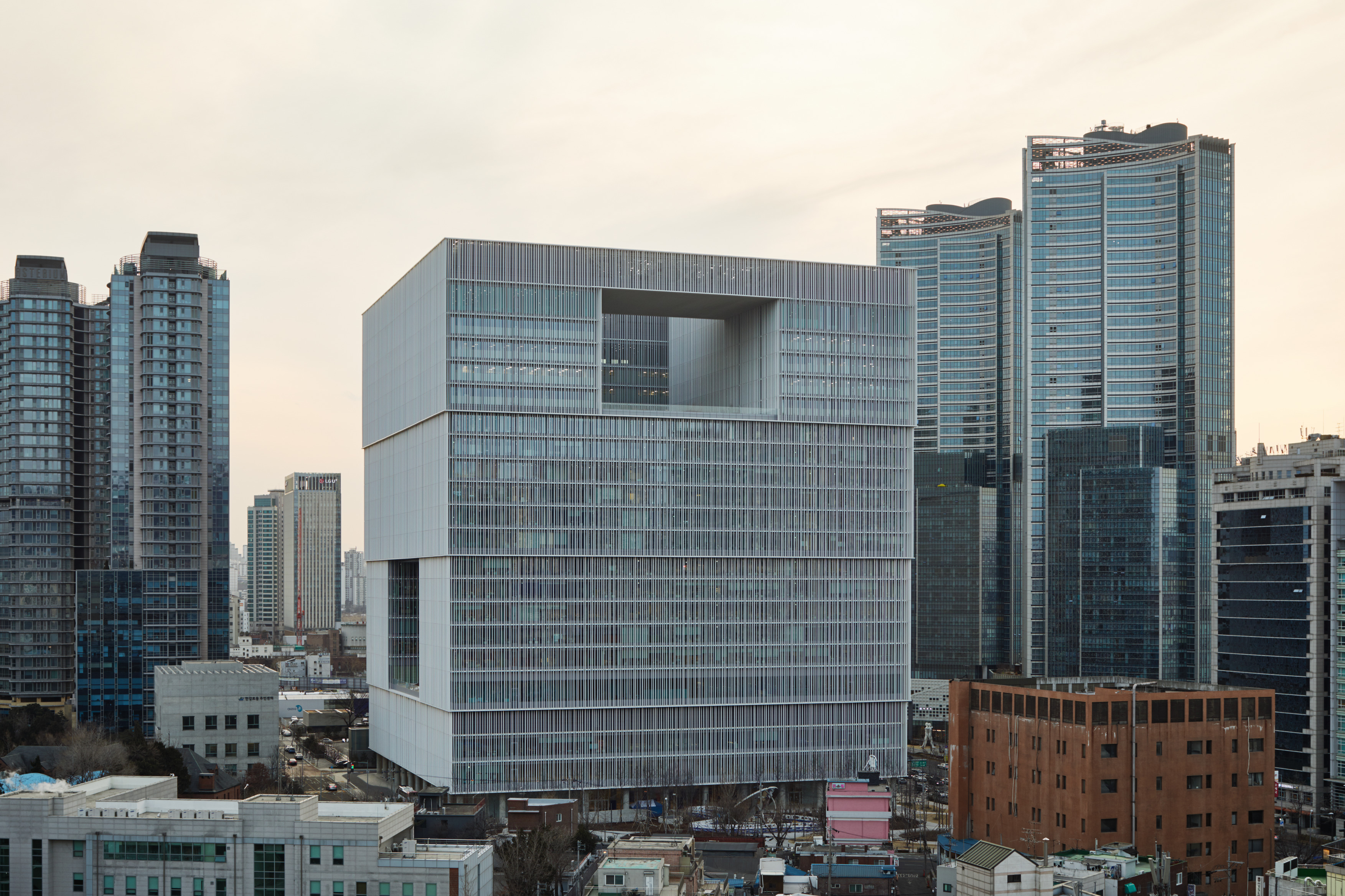
When David Chipperfield was called to design a new headquarters for Asian skincare brand Amorepacific in Seoul, one of the primary concerns that emerged was creating a building with a strong identity; but one, which would be intrinsically connected to its surroundings forming a valuable part of the city’s fabric, in both a social and architectural sense.
The building, which had been in development and construction for eight years, has just opened its doors to the public and its tenants, making a distinct mark on the Seoul skyline and the district of Yongsan-gu, where it is located.
‘It is more than an office. The building suggests generosity of spirit to the people who work here and the citizens’, says Chipperfield. ‘It is something that mediates between the company and the city. It shows how a company can participate in the larger community.’
Amorepacific’s new HQ is, on a very basic reading, a simple, cubic volume; yet upon closer inspection, the design’s instricacy shines through. The facade is a carefully balanced grid of glass and aluminium that appears both confident and lightweight. Green terraces and a central courtyard, featuring trees and water basins, are cut through the massing, offering different spatial options to users. Exposed concrete and natural stone complete the structure’s material palette.
Inside, on the ground level, the visitor is led straight through to the heart of the building. This is the building’s main event space for art installations, concerts, lectures and other cultural activities, where the architecture was designed to act as space for social interaction. These activities will be surrounded by a variety of public facilities such as a museum, a library, a tea room and retail. A variety of functions occupy the levels above and lead to the company’s main workspaces on the upper floors. Here, connectivity is the name of the game, with flexible office space provides ample opportunity for meeting and working.
Sustainable strategies were used throughout, such as the shape and the size of the facade fins, which have been specifically crafted to reduce unwanted solar radiation and glare; due to this approach, the building is expected to receive a LEED Gold certification later in the year.
‘This concept of a high-rise courtyard building – offering a silhouette and more importantly a place to be – takes reference from Korea’s rich and versatile architectural heritage’, explains David Chipperfield Architects partner and the project’s design director Christoph Felger.
Receive our daily digest of inspiration, escapism and design stories from around the world direct to your inbox.
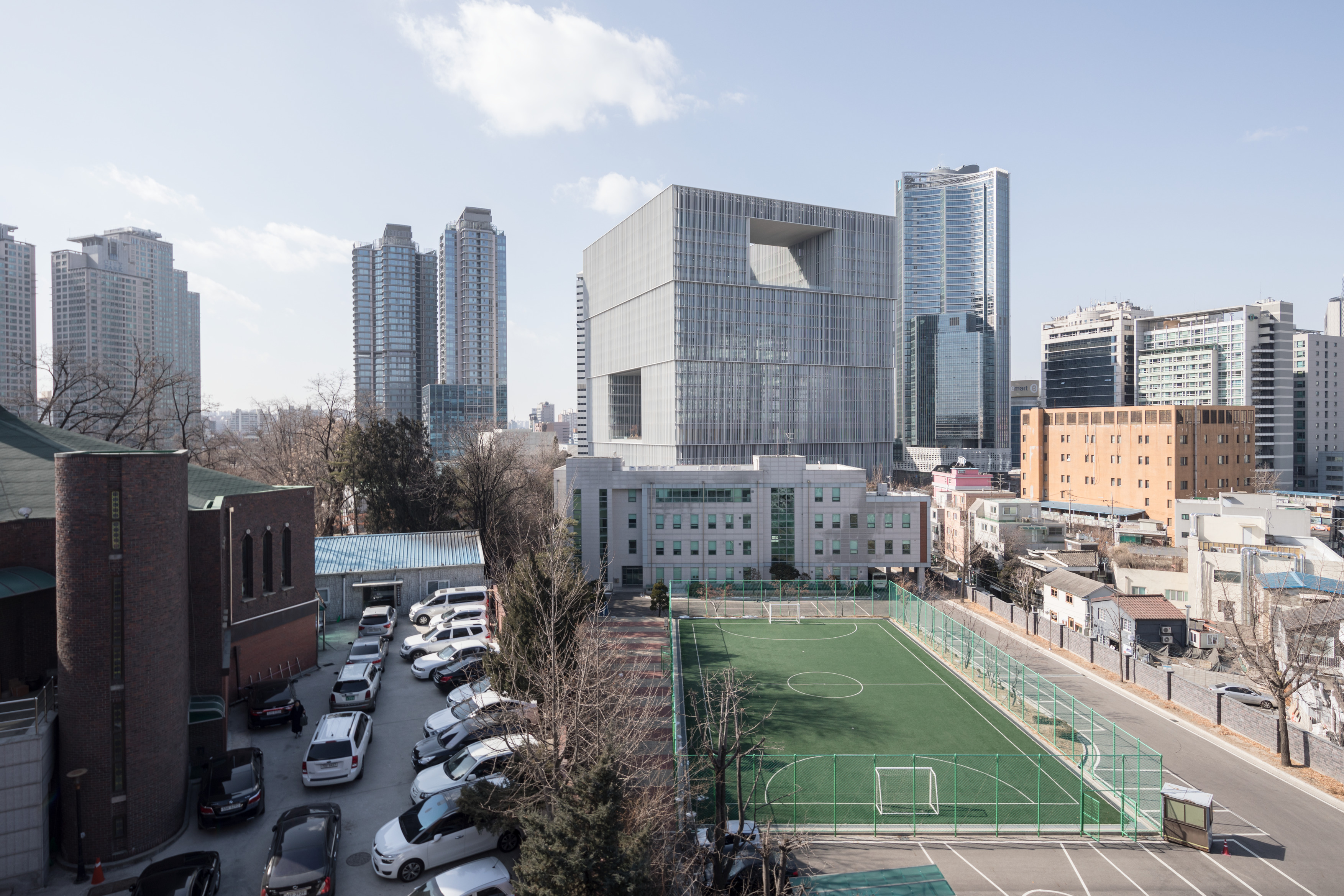
The project was eight years in the making and takes its cues from the local context.
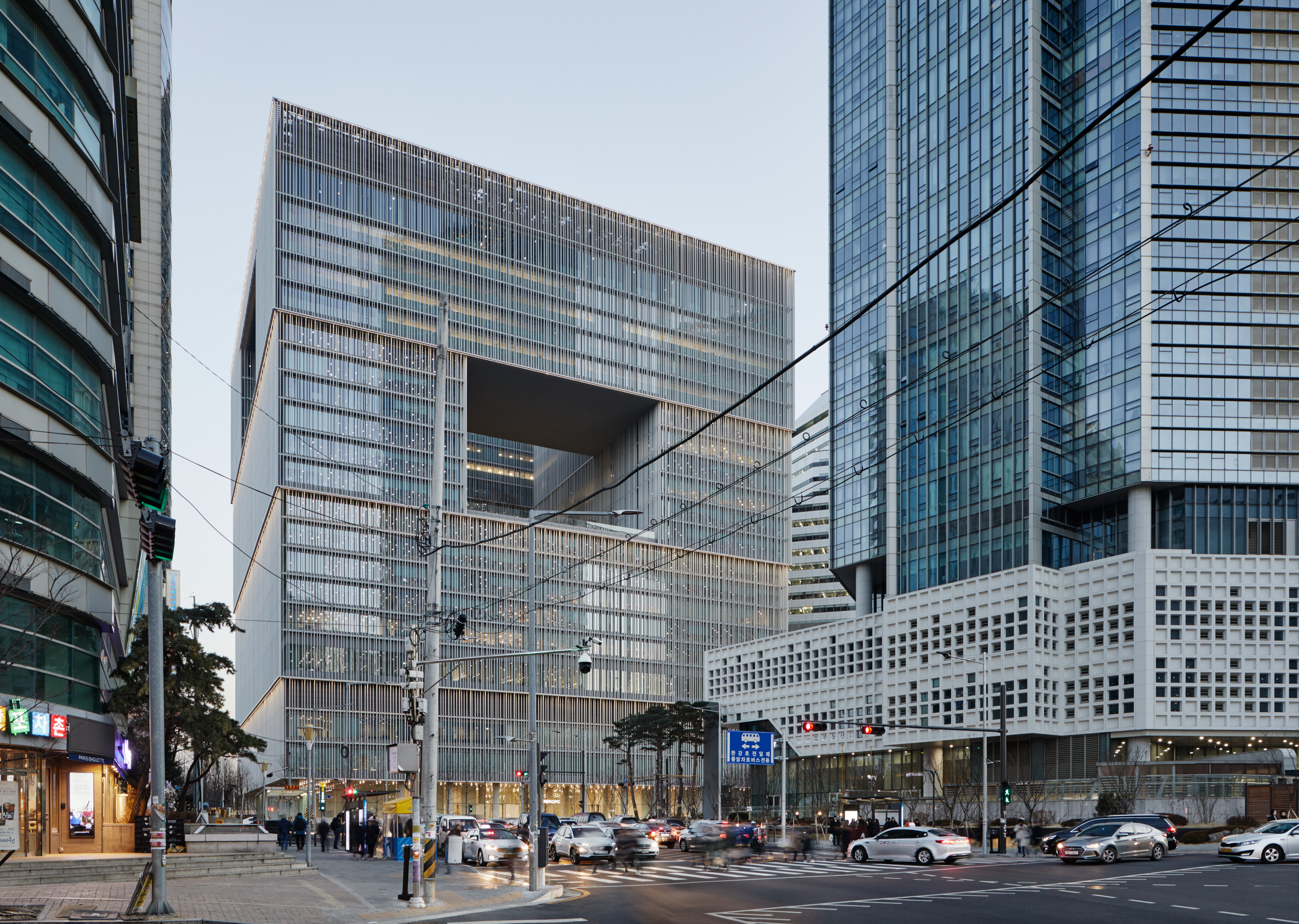
What appears to be a simple cube, is in fact an instricate composition that aims to be sensive to the needs of both its users and the surrounding city fabric
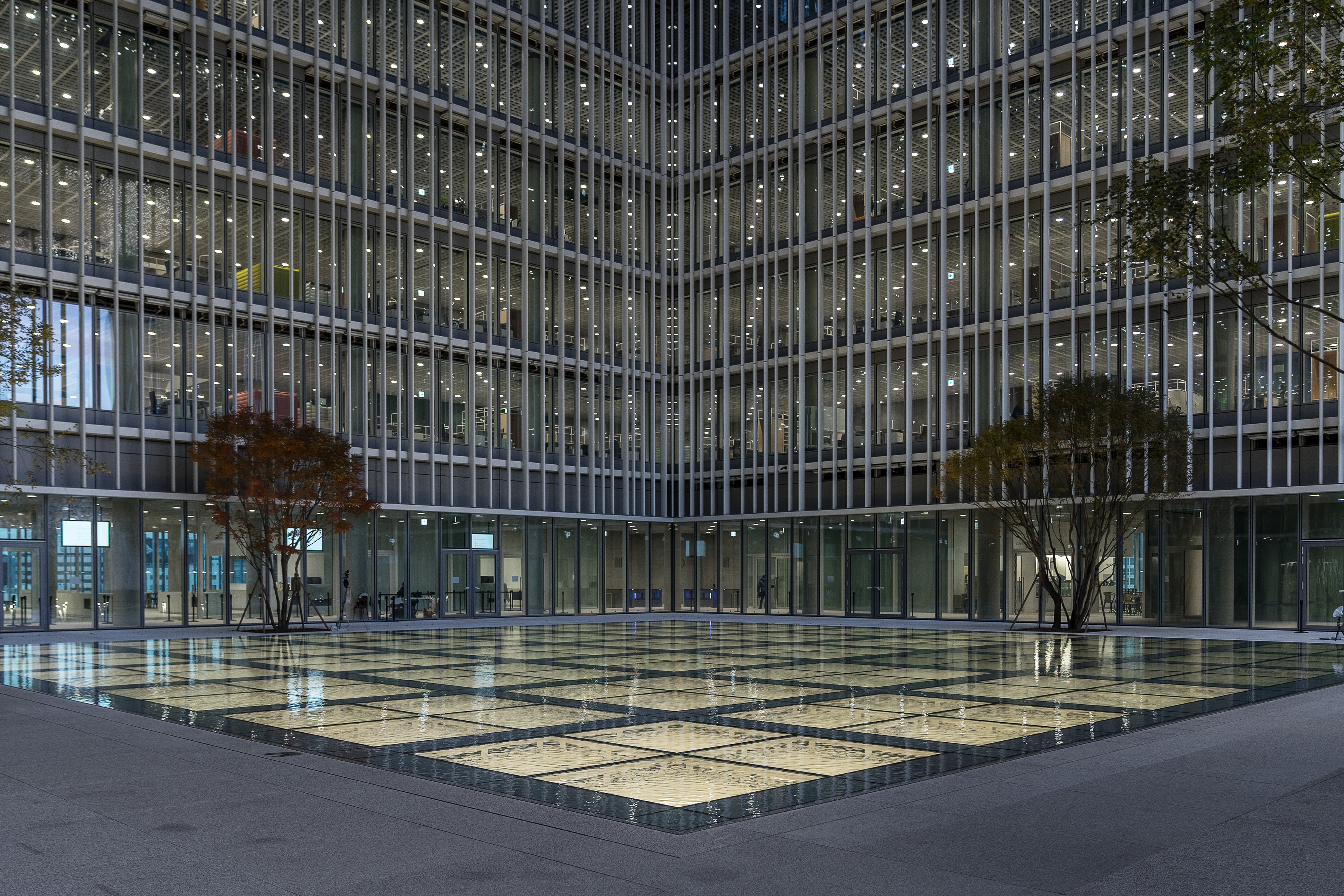
Several courtyards and terraces are cut through the main volume
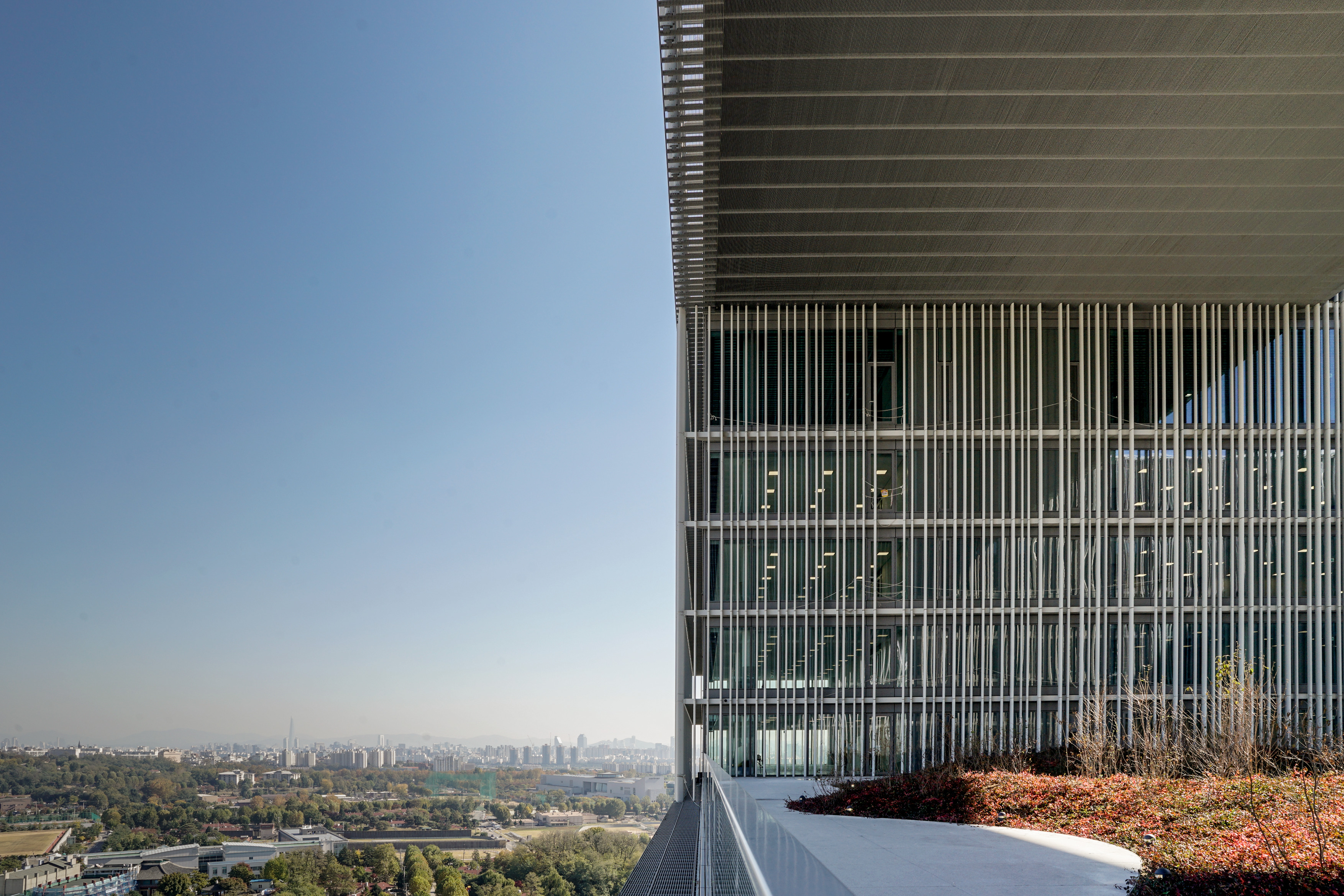
Planted terraces underline visual connections with the city.
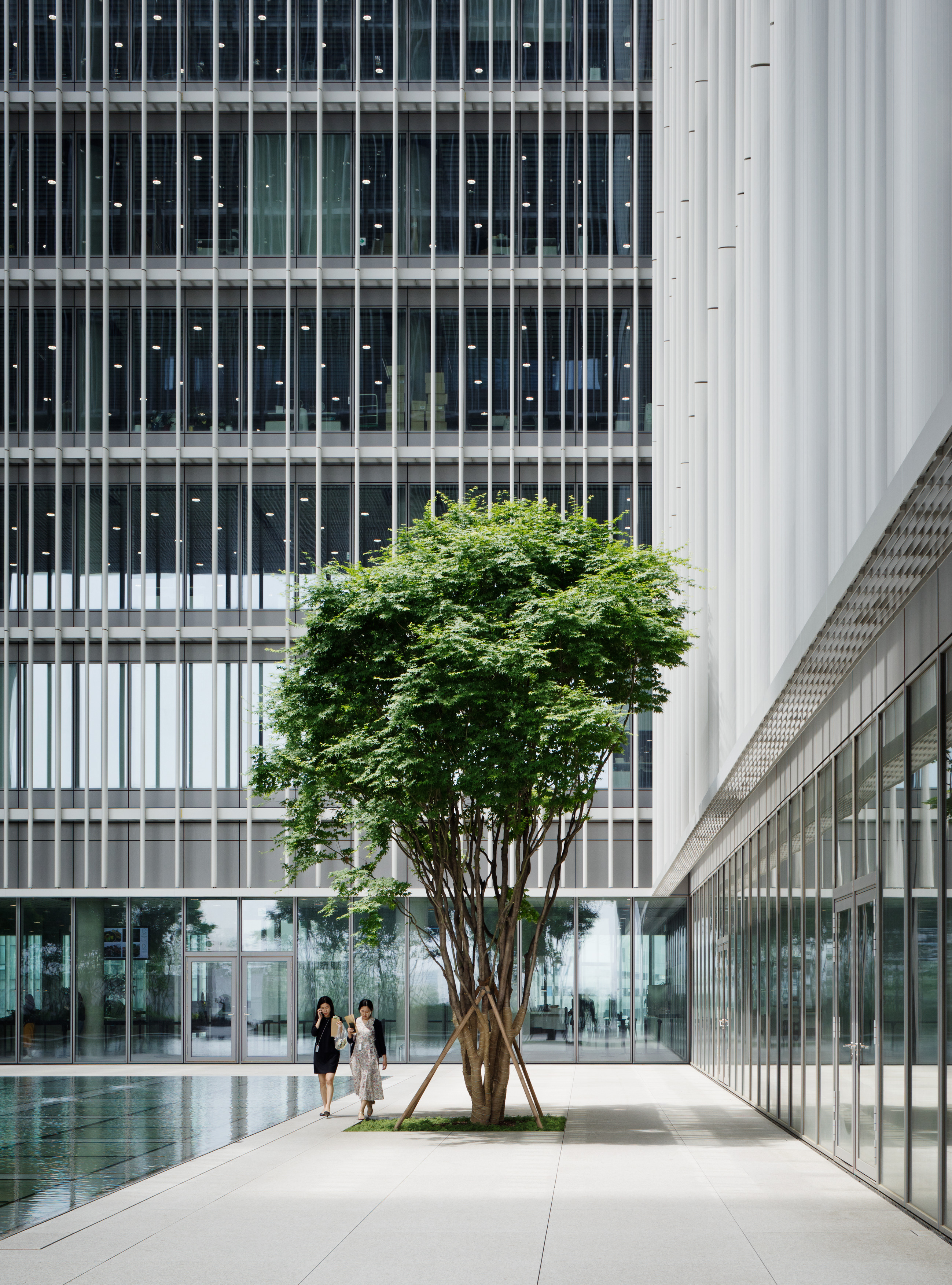
The building's sophisticated grid facade features aluminium fins.
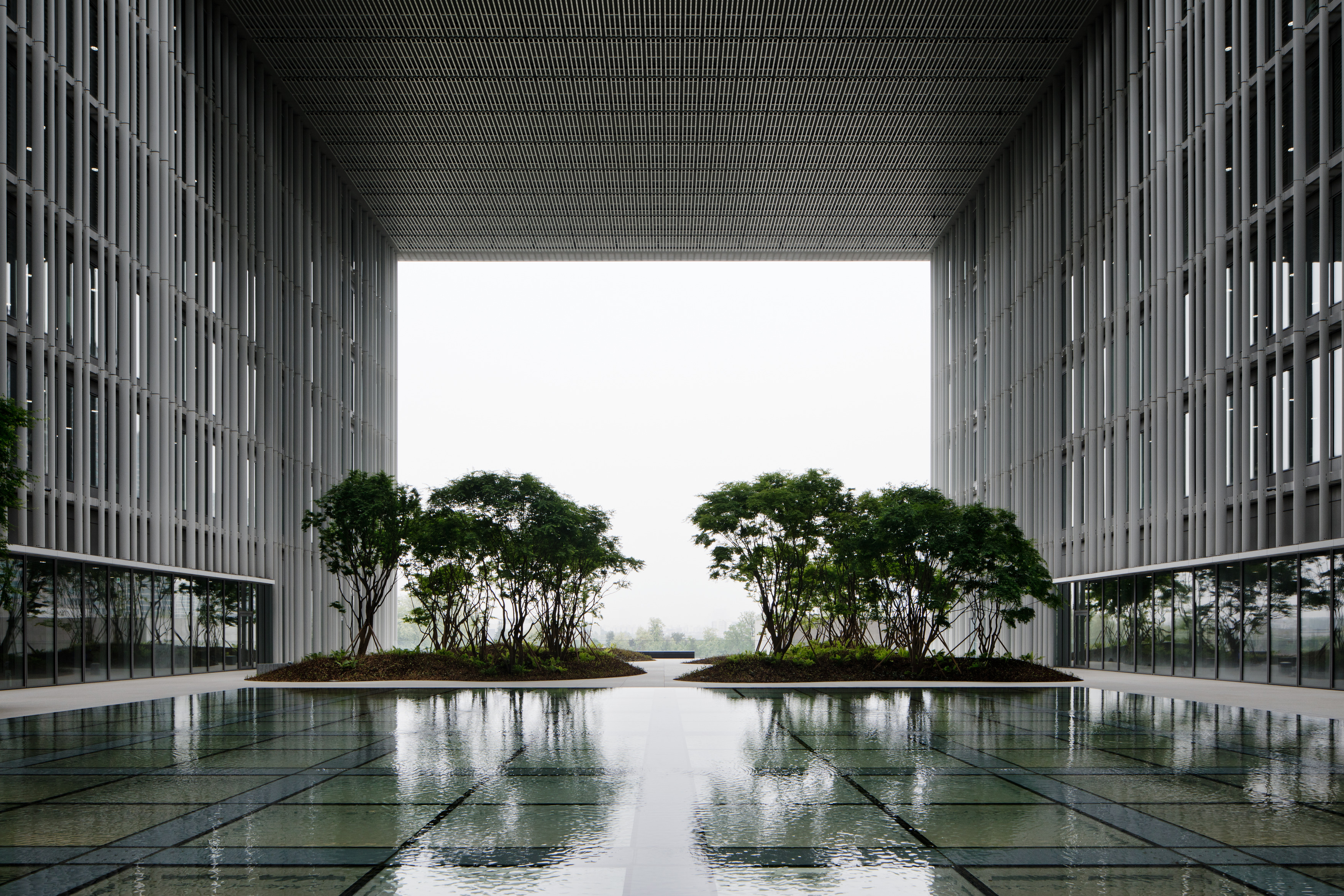
Green gardens with trees and water features populate the terraces.
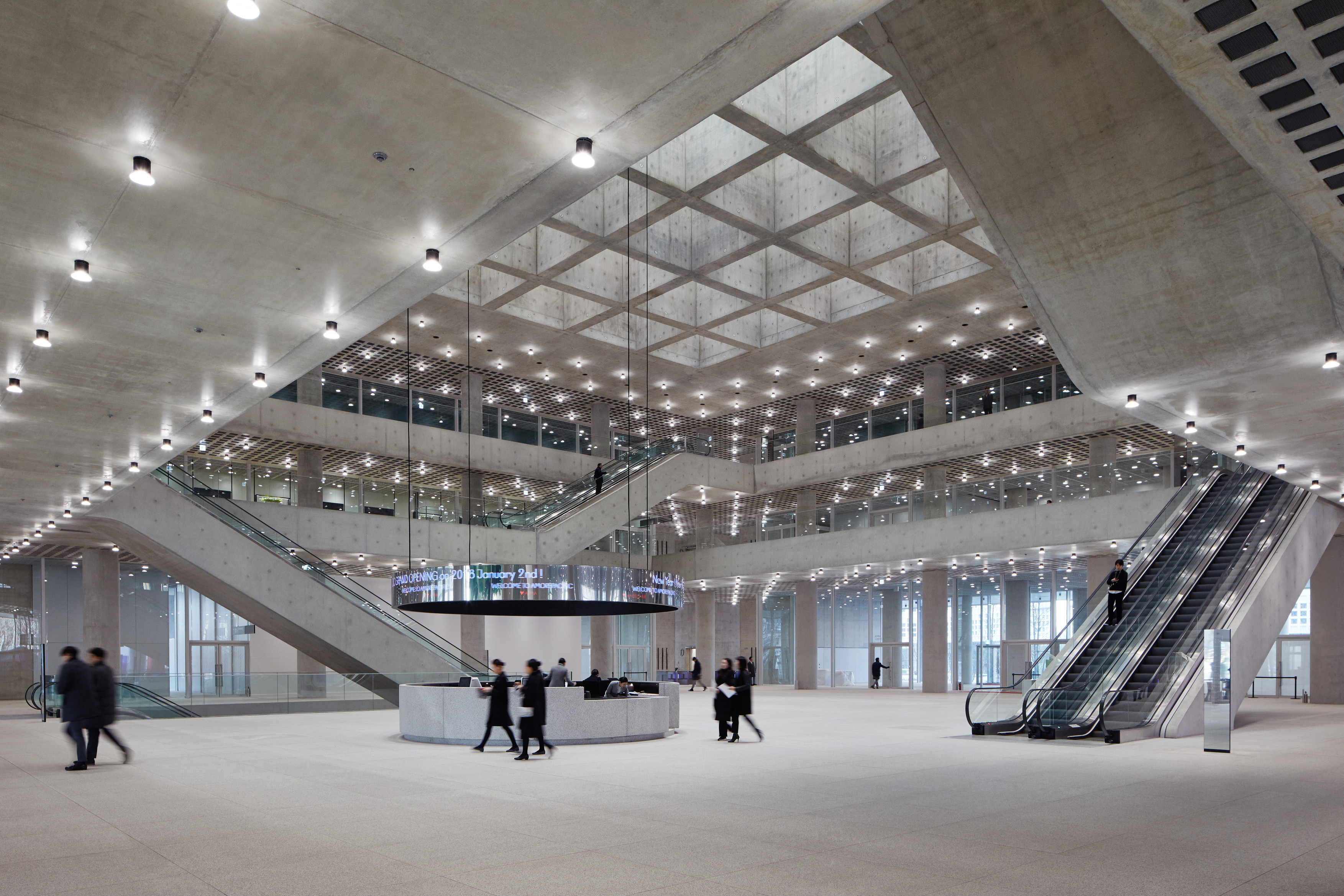
The ground level leads to the office spaces above but also acts as space for cultural activity
Information
For more information visit the website of David Chipperfield Architects
Ellie Stathaki is the Architecture & Environment Director at Wallpaper*. She trained as an architect at the Aristotle University of Thessaloniki in Greece and studied architectural history at the Bartlett in London. Now an established journalist, she has been a member of the Wallpaper* team since 2006, visiting buildings across the globe and interviewing leading architects such as Tadao Ando and Rem Koolhaas. Ellie has also taken part in judging panels, moderated events, curated shows and contributed in books, such as The Contemporary House (Thames & Hudson, 2018), Glenn Sestig Architecture Diary (2020) and House London (2022).
-
 The Testament of Ann Lee brings the Shaker aesthetic to the big screen
The Testament of Ann Lee brings the Shaker aesthetic to the big screenDirected by Mona Fastvold and featuring Amanda Seyfried, The Testament of Ann Lee is a visual deep dive into Shaker culture
-
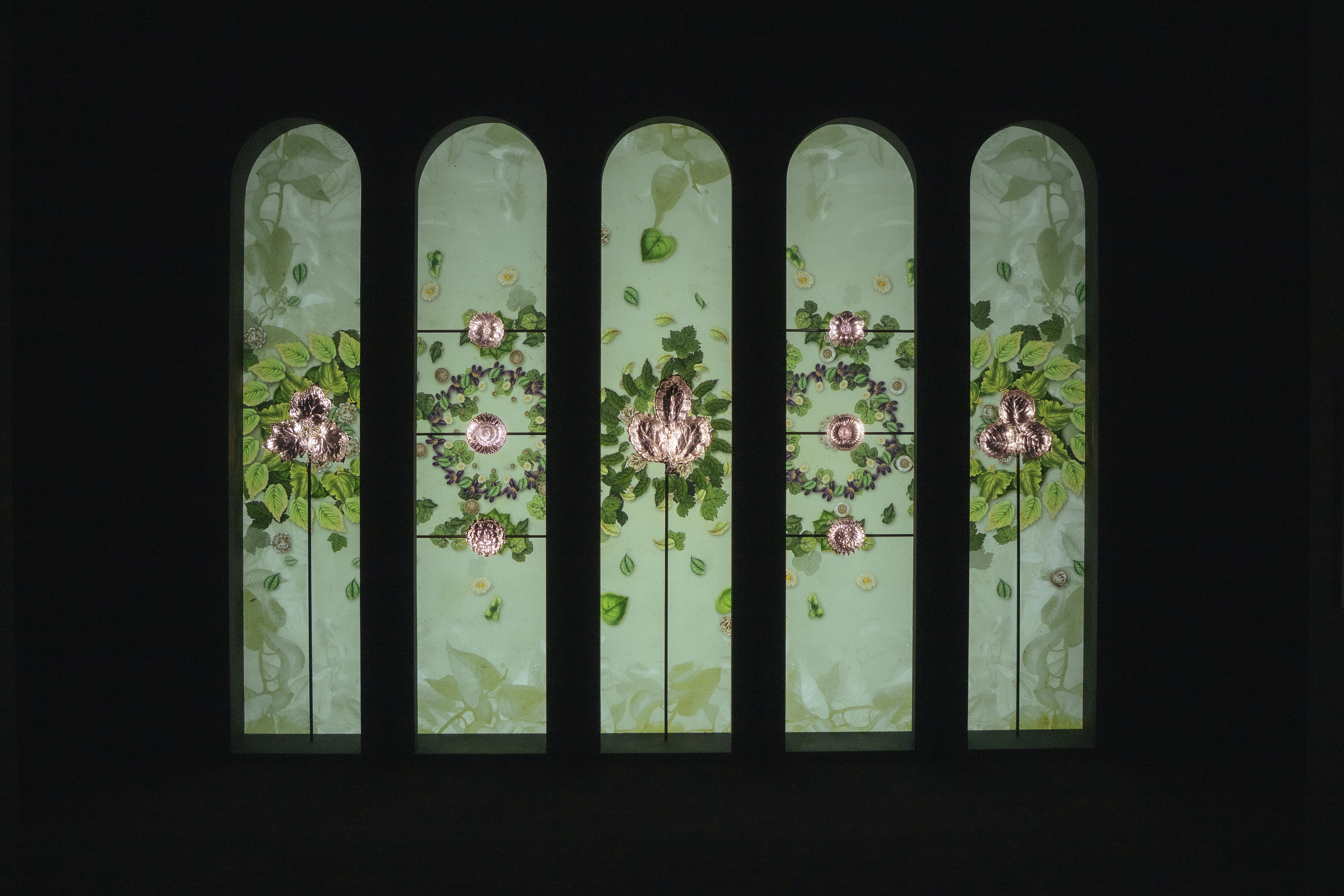 Dive into Buccellati's rich artistic heritage in Shanghai
Dive into Buccellati's rich artistic heritage in Shanghai'The Prince of Goldsmiths: Buccellati Rediscovering the Classics' exhibition takes visitors on an immersive journey through a fascinating history
-
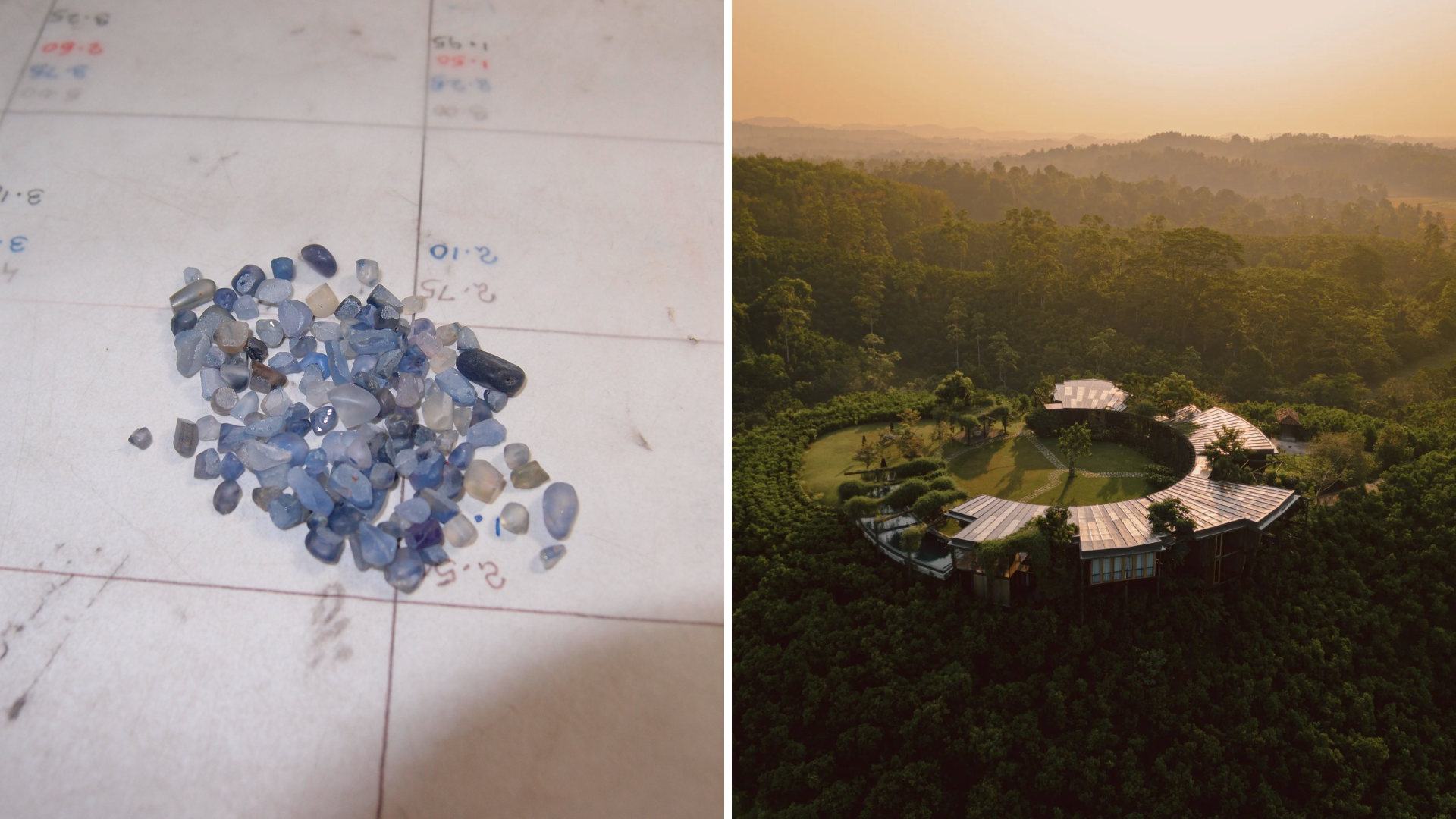 Love jewellery? Now you can book a holiday to source rare gemstones
Love jewellery? Now you can book a holiday to source rare gemstonesHardy & Diamond, Gemstone Journeys debuts in Sri Lanka in April 2026, granting travellers access to the island’s artisanal gemstone mines, as well as the opportunity to source their perfect stone
-
 Arbour House is a north London home that lies low but punches high
Arbour House is a north London home that lies low but punches highArbour House by Andrei Saltykov is a low-lying Crouch End home with a striking roof structure that sets it apart
-
 A former agricultural building is transformed into a minimal rural home by Bindloss Dawes
A former agricultural building is transformed into a minimal rural home by Bindloss DawesZero-carbon design meets adaptive re-use in the Tractor Shed, a stripped-back house in a country village by Somerset architects Bindloss Dawes
-
 RIBA House of the Year 2025 is a ‘rare mixture of sensitivity and boldness’
RIBA House of the Year 2025 is a ‘rare mixture of sensitivity and boldness’Topping the list of seven shortlisted homes, Izat Arundell’s Hebridean self-build – named Caochan na Creige – is announced as the RIBA House of the Year 2025
-
 In addition to brutalist buildings, Alison Smithson designed some of the most creative Christmas cards we've seen
In addition to brutalist buildings, Alison Smithson designed some of the most creative Christmas cards we've seenThe architect’s collection of season’s greetings is on show at the Roca London Gallery, just in time for the holidays
-
 In South Wales, a remote coastal farmhouse flaunts its modern revamp, primed for hosting
In South Wales, a remote coastal farmhouse flaunts its modern revamp, primed for hostingA farmhouse perched on the Gower Peninsula, Delfyd Farm reveals its ground-floor refresh by architecture studio Rural Office, which created a cosy home with breathtaking views
-
 A revived public space in Aberdeen is named Scotland’s building of the year
A revived public space in Aberdeen is named Scotland’s building of the yearAberdeen's Union Terrace Gardens by Stallan-Brand Architecture + Design and LDA Design wins the 2025 Andrew Doolan Best Building in Scotland Award
-
 A refreshed 1950s apartment in East London allows for moments of discovery
A refreshed 1950s apartment in East London allows for moments of discoveryWith this 1950s apartment redesign, London-based architects Studio Naama wanted to create a residence which reflects the fun and individual nature of the clients
-
 In this Cotswolds home, drama meets minimalism
In this Cotswolds home, drama meets minimalismCotswolds home Hiaven house, with interiors designed by McLaren Excell, is a perfect blend of contemporary chic and calm, countryside drama